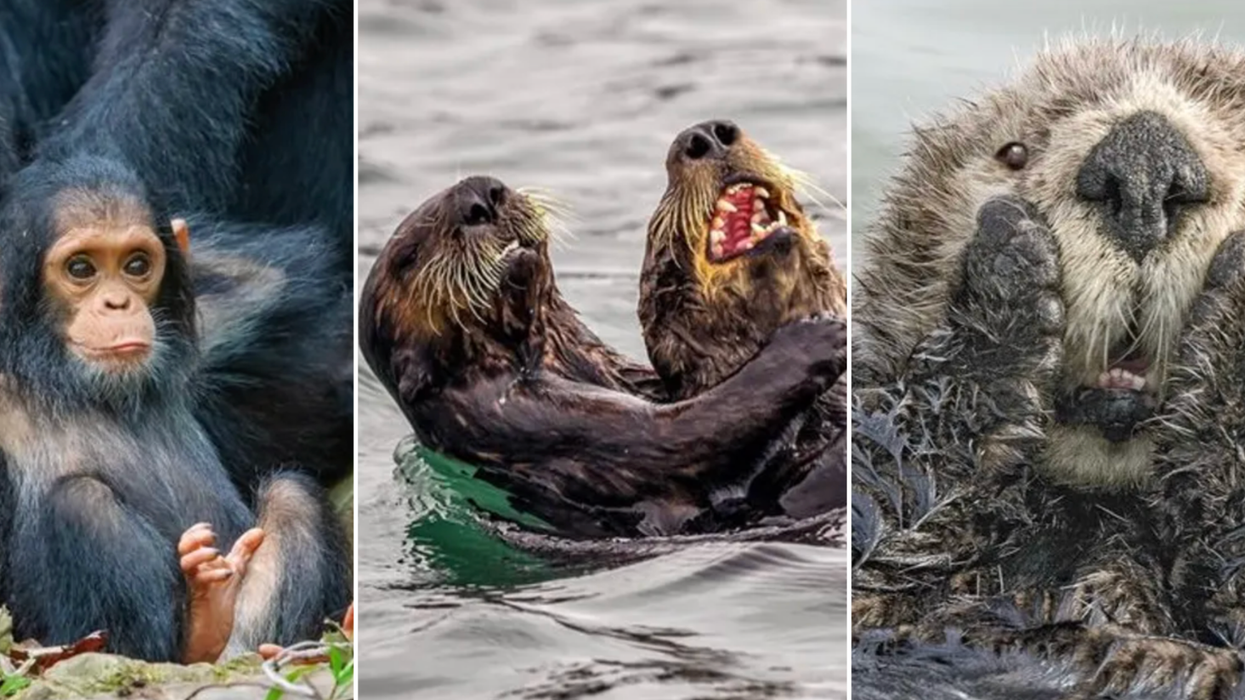When reporters, politicians, and environmental advocates talk about renewable energy, they talk about wind and solar. This makes sense: Of the newer generation of renewables, wind is contributing the lion's share of electricity generation. California’s wind energy association just announced that 5 percent of California’s power now comes from wind farms. Solar plants still provide only a tiny slice of energy, but last year, with prices dropping, the industry was booming.
But renewable energy includes another force of nature: water. Hydropower projects—in other words, dams—account for the majority of the country’s renewable energy generation, but because they're old and unexciting, they’re squeezed out of accounts of renewable energy’s triumphant climb. Tidal power, though, fits right in with wind and solar: A new Department of Energy report calls it "one of the fastest-growing emerging technologies in the renewable sector,” which means that, like solar, it’s small, but appears to have nearly boundless potential. Together, conventional hydropower, tidal and wave power, and other water-powered resources could provide 15 percent of America’s electricity by 2030, the Department of Energy projects.
Tidal power is just beginning to emerge as a commercially viable source of power. Last week, a federal energy regulation agency granted the first-ever commercial license for a tidal power project, which will have a maximum of 30 turbines working under the surface of New York City’s East River. The agency has also issued 100 preliminary permits to projects in earlier stages.
Theoretically, tidal wave power could generate enough electricity to cover one-third of the country’s electricity needs, according to the Department of Energy report. In reality, turbines and other tidal and wave technologies can harness only about two-fifths of that power, but still, water projects could contribute a significant share of America’s power. Their potential is concentrated on coasts, of course. Alaska could generate the most power, followed by the west coast, the east coast, and Hawaii, with the Gulf Coast and Puerto Rico far behind. The list of favorable sites includes some of the country’s most iconic bodies of water: In addition to the East River, they include Seattle’s Puget Sound, the San Francisco Bay, the Florida Keys, and the Nantucket Sound.
Tidal and wave power do carry some environmental concerns: Early projects are studying how turbines affect fish, for instance. But because these projects live under the water, they could avoid complaints like those that dogged the offshore Cape Wind project about ruining scenic vistas. The East River project has been running turbines on and off as part of a pilot project for years, and New Yorkers, a grumbly bunch, have yet to kick up a major fuss. Most people driving over the Queensboro bridge and gazing down at the river probably never guessed that a power station lies quietly beneath the water.
Photo via (cc) Flickr user Thomas Claveirole
















 Otis knew before they did.
Otis knew before they did.